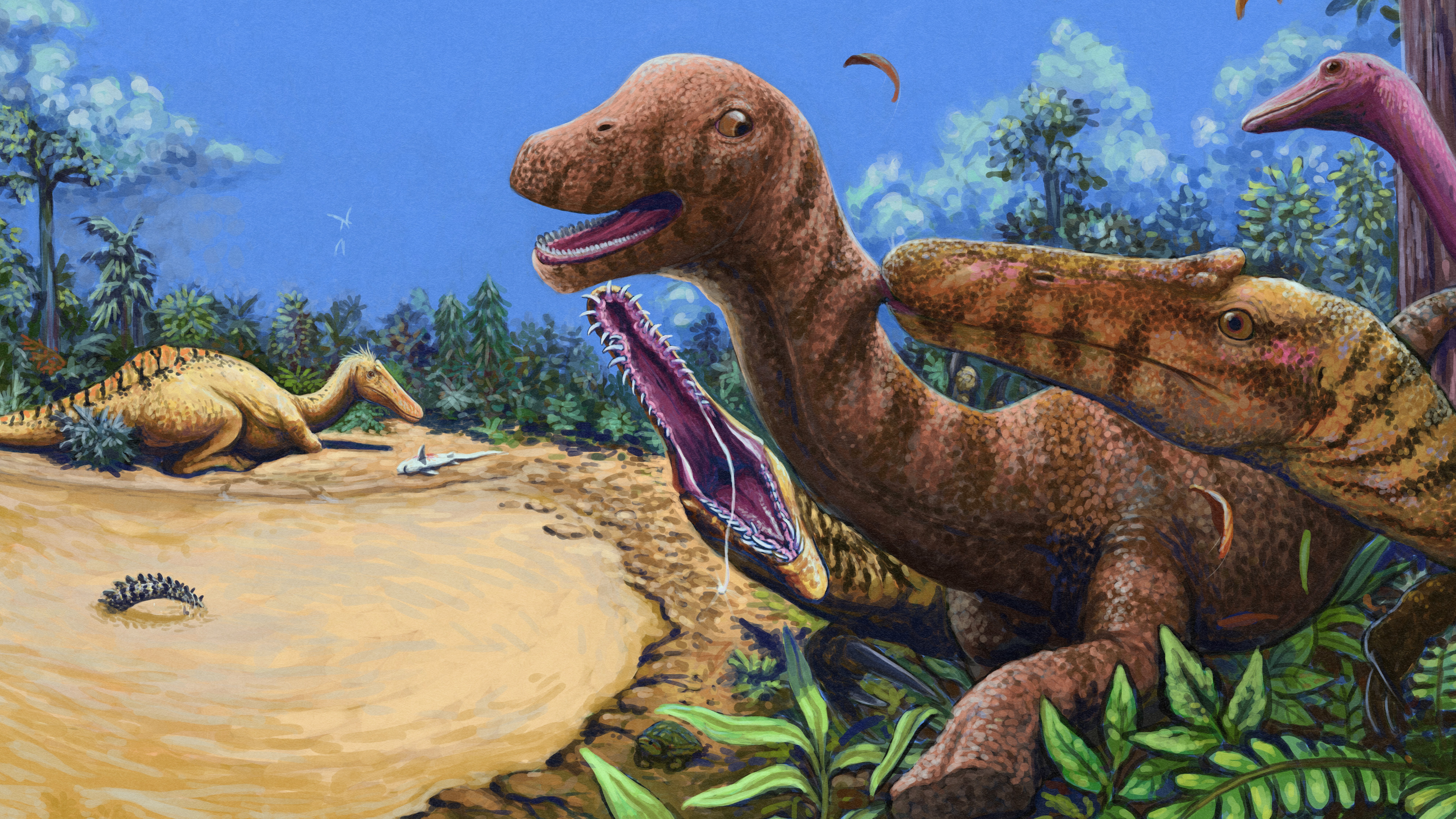Gallery: Jaw-Dropping Images of Life Under the Sea
Medusa Blenny on the Lookout
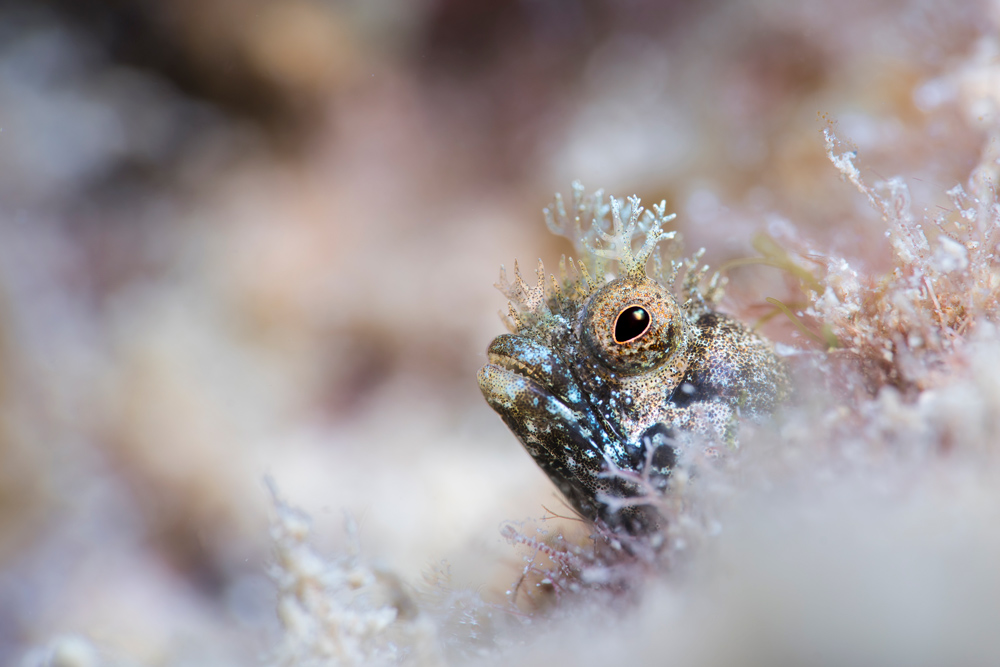
"My fascination with blennies started in early 2016, when I was living in Saint Lucia and got my hands on an underwater camera for the first time," said photographer Jade Hoksbergen. "Having lived in the Philippines previously, blennies were a novelty to me despite their widespread presence in Saint Lucia. I thought they also made extremely interesting subjects due the range in their facial expression, sometimes akin to the grimaces one would associate with gargoyles. For this shot, I wanted illustrate the intricate detail of this blenny whilst showing how its color and texture blends seamlessly with its environment."
Hoksbergen got a "Commended" award in the Up & Coming category.
Through the coral window

"Looking at this beautiful frame of flower coral, on [the] Tulamben USS liberty wreck, I noticed this yellow fish turning quickly around the coral," said photographer Léna REMY, who was diving off Bali. "I positioned myself to have blue water background surrounded by red coral. I waited for the fish to take this posture in the middle of the coral window. I was happy to capture the short moment the fish looked at the camera, exactly in the middle of the blue."
Purple baubles in a sea of yellow

"This close-up shot of jewel anemones (Corynactis viridis) was taken on a popular wreck dive near Plymouth on England's south coast," said photographer Trevor Rees. "The HMS Scylla wreck was scuttled only 13 years ago, but is now well encrusted with marine life. Numerous large tightly packed jewel anemones can now be found on the top of the wreck and many of them are in a good position to get a pleasing composition. I shot as close as possible with my lens at minimum focus whilst trying to fill the frame with just tentacles and no background. Different colored varieties exist but the ones with purple against yellow make a striking color combination."
Sunset
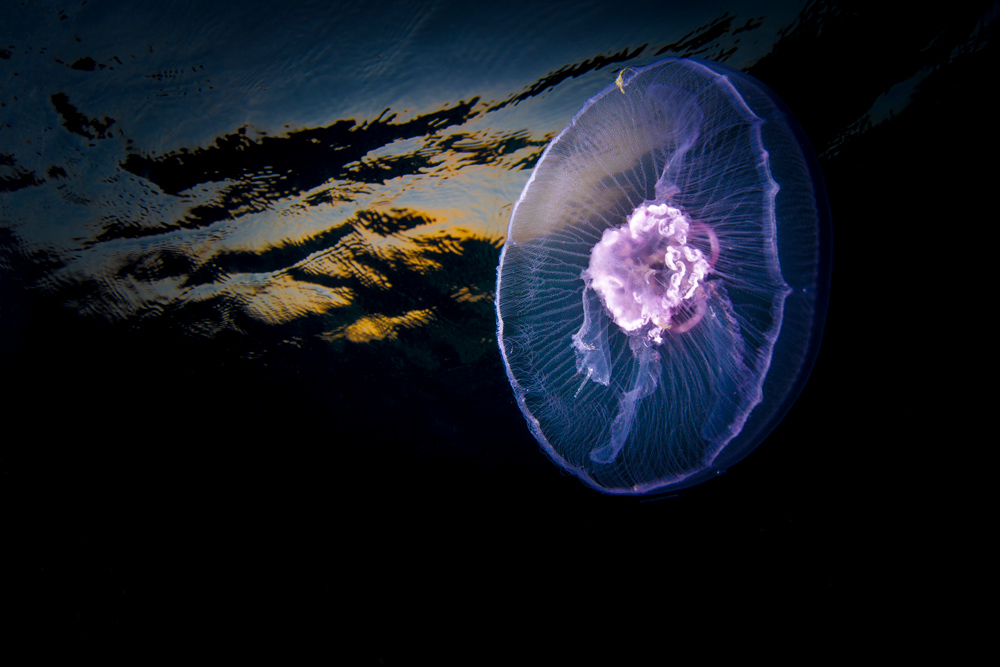
"This photo was taken at the sunset during a St John's safari in Egypt, last March," said photographer Patryk Pinski. "Almost at the end of the dive, we came across a smack of jellyfish swimming close to the surface. I could not resist photographing this beautiful creature with the sunset in the background. After a few shots using strobes to enhance a shape of jellyfish, I got the photo I was satisfied with."
Pinski won a "Commended" award in the Up & Coming category for his jellyfish shot.
Flabellina pellucida
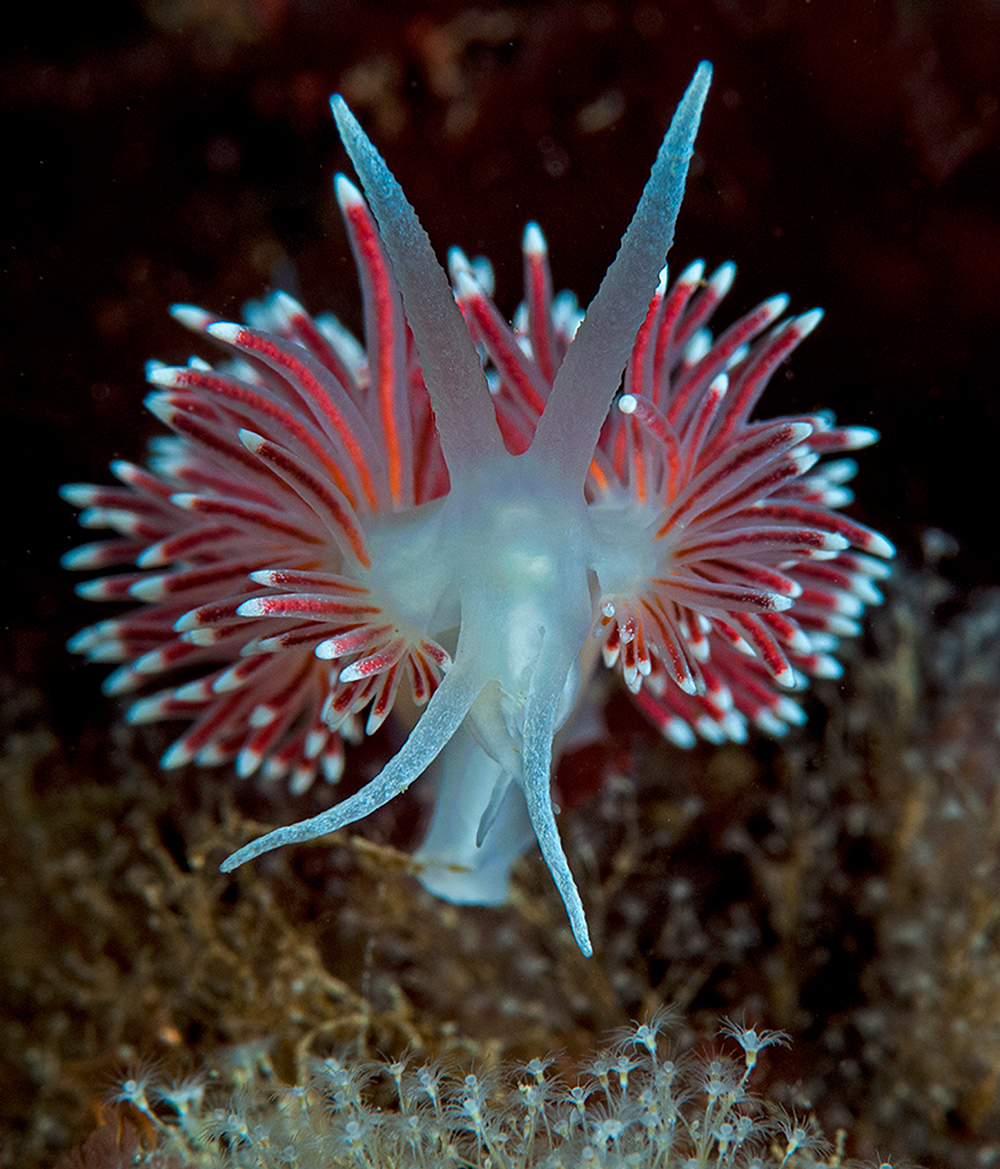
Robert Bailey captured this shot of the nudibranch Flabellina pellucida, also called sea slugs, off the coast of Scotland. "These species were prolific at the time this was taken, and I wanted to create a contextual shot showing the hydroids it was feeding on," Bailey said.
Get the world’s most fascinating discoveries delivered straight to your inbox.
Prey?
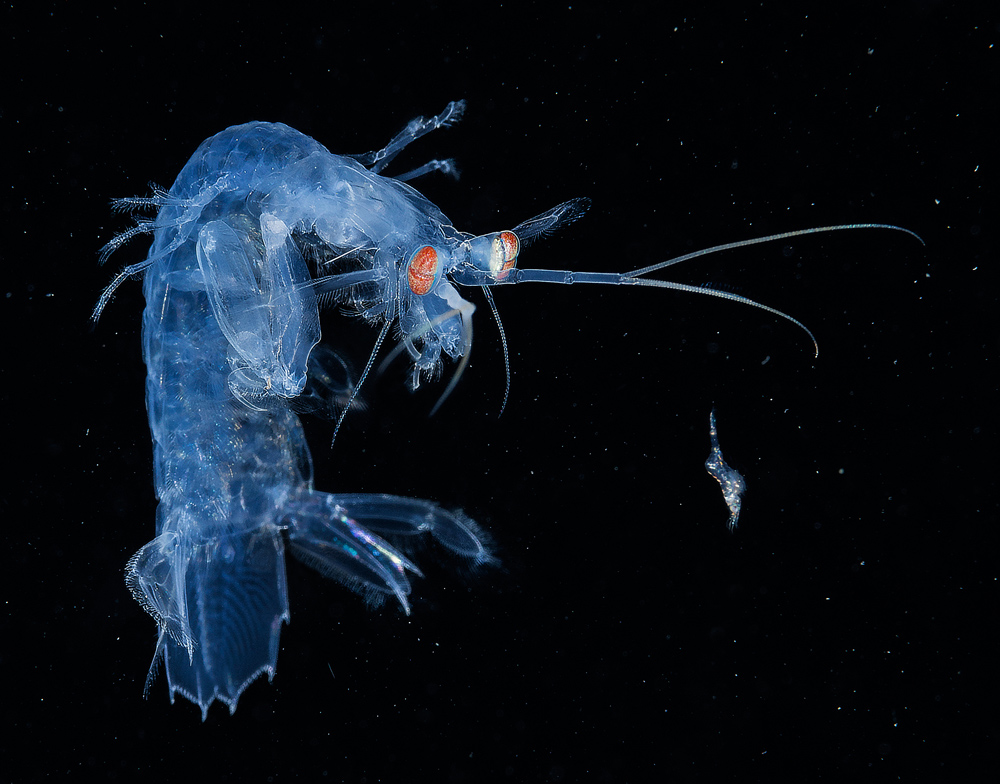
"This photo was shot during a blackwater dive in Anilao," said photographer So Yat Wai, referring to a dive in the Philippines. "Even though the larvae mantis shrimp (left) is very small, it still a predator which uses its raptorial appendages to hunt. Has it spotted the prey and is ready to pounce?" So Yat Wai won first place in the Macro category for his underwater image.
They eyes have it
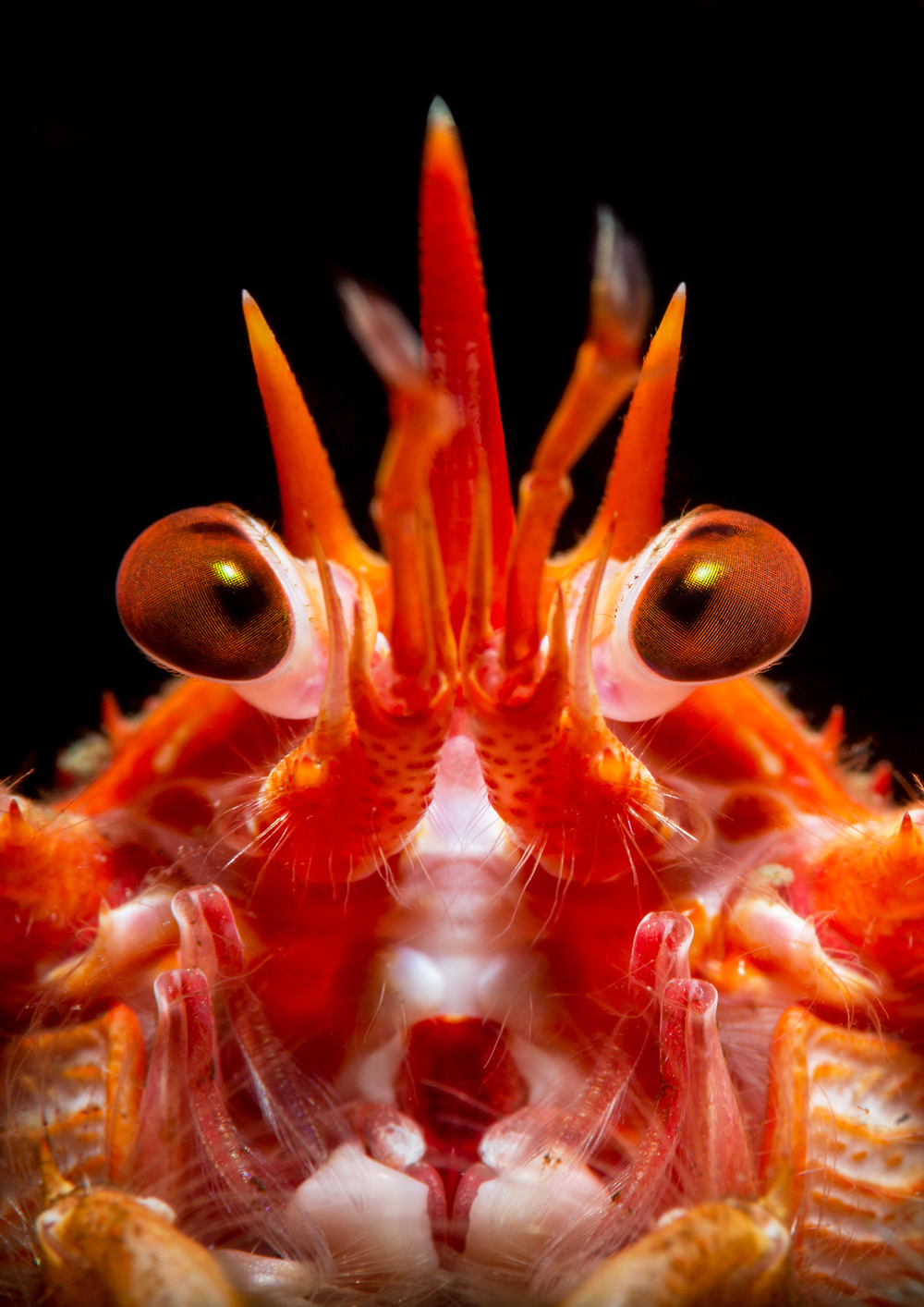
"I've tried many times to photograph these long clawed squat lobsters (Munida rugosa)," said photographer Trevor Rees. "For this individual, I was diving in the Sound of Mull on Scotland's west coast. They are a common subject, but finding a cooperative one was the key to this shot - so that I could inch slowly forward and get an intimate, closely framed head-on composition. A tightly snooted single strobe gave the lighting I wanted to show off the striking red color and large eyes of these attractive crustaceans."
Hippolyte varians
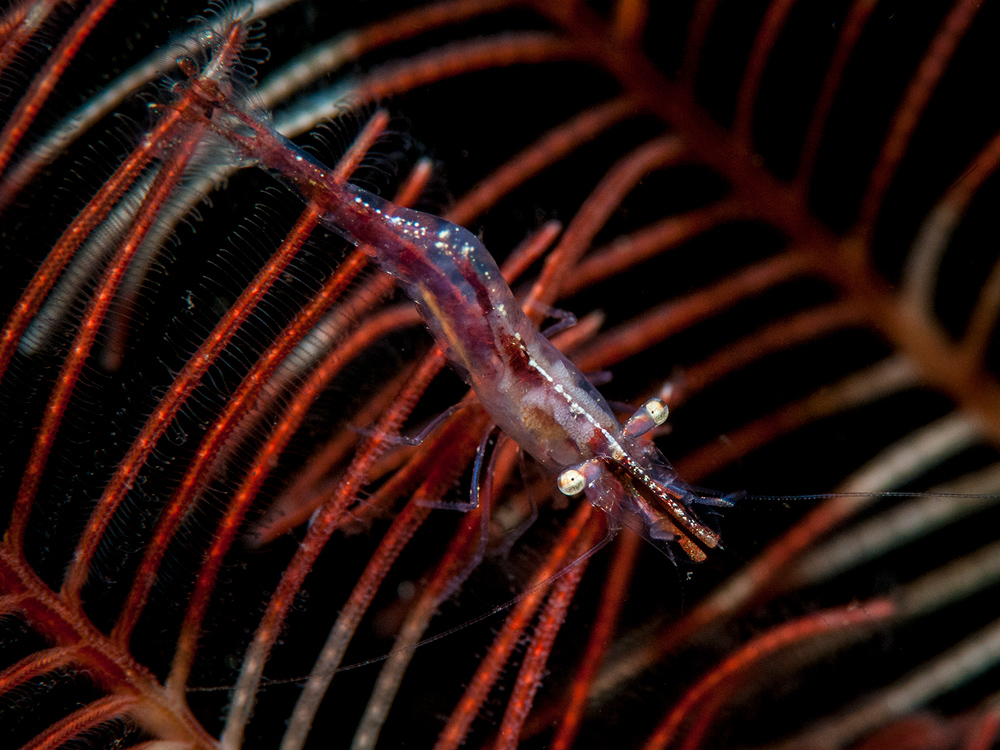
Robert Bailey captured an image of this little guy, Hippolyte varians, at Loch Fyne - Anchor Point off the coast of Scotland. "I was inspired by talk of this shrimp being common, but not often photographed. After speaking with Jason Gregory, someone who possesses a commanding knowledge of marine biology in the UK, I managed to track down several of these very tiny crustaceans. Exceedingly small it was only possible to make a shot like this using a Nauticam SMC super macro lens," Bailey said.
Slug
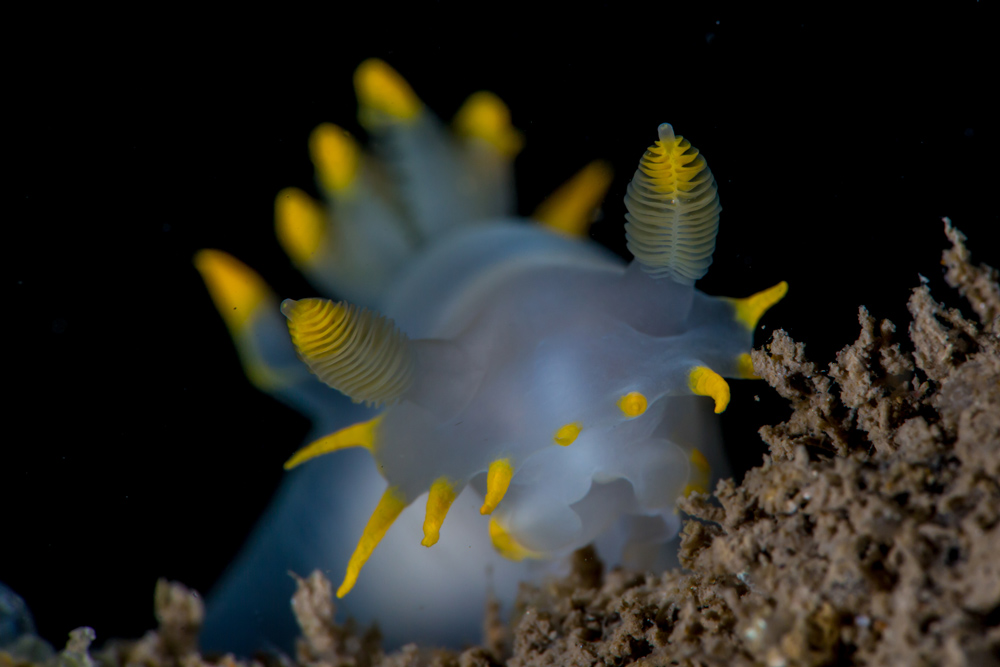
Marcus Blatchford got a "Commended" award in the British Waters Macro category for his underwater shot of a sea slug, also called a nudibranch, at the shipwreck of SS Dakotian in Milford Haven, a shallow inlet in South Wales. "A classic nudibranch portrait of a species that is less commonly photographed. We're also thrilled to see a UPY Prize put to such good use," said judge Alex Mustard, referring to the camera Blatchford used, which he won in a previous UPY contest.
Translucent shrimp
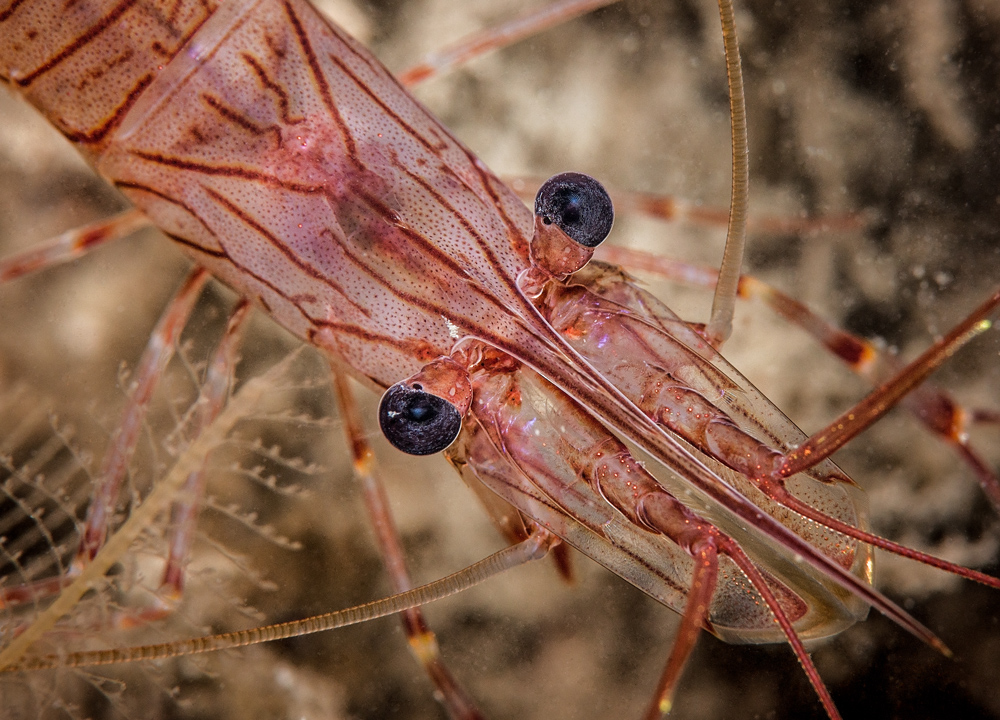
"This little prawn or shrimp (Palaemon elegans) was part of a small but elusive group that I came across on a night boat dive in the Falmouth estuary," said photographer David Morgan, referring to a body of water in the United Kingdom. "They were constantly moving around a localized part of a wreck on the seabed. I found that as I came within ideal camera range of an individual it would suddenly use its powerful tail to dart into cover, leaving an expanding cloud of silt in my viewfinder. This meant that I had to find another subject in a suitable location once again, but as you can see, my perseverance was rewarded with an 'arial' view showing the symmetry and detail of its eyes and translucent body. It is fascinating to see the smaller creatures make their appearance after dark, when the 'usual' bigger denizens have vacated the area."
Jeanna Bryner is managing editor of Scientific American. Previously she was editor in chief of Live Science and, prior to that, an editor at Scholastic's Science World magazine. Bryner has an English degree from Salisbury University, a master's degree in biogeochemistry and environmental sciences from the University of Maryland and a graduate science journalism degree from New York University. She has worked as a biologist in Florida, where she monitored wetlands and did field surveys for endangered species, including the gorgeous Florida Scrub Jay. She also received an ocean sciences journalism fellowship from the Woods Hole Oceanographic Institution. She is a firm believer that science is for everyone and that just about everything can be viewed through the lens of science.


